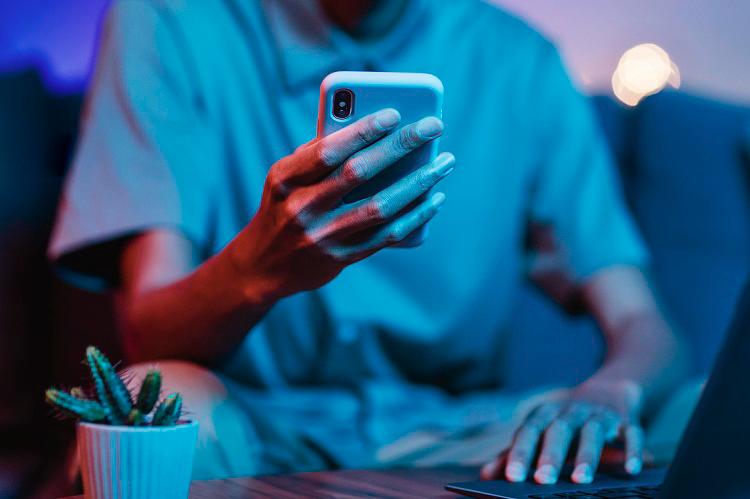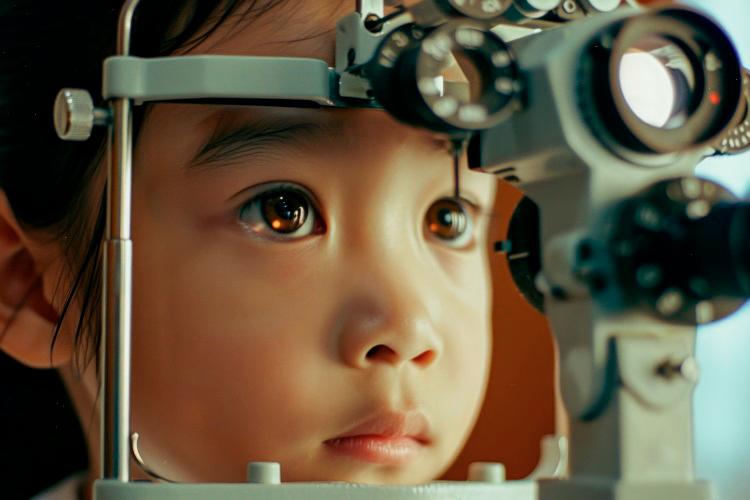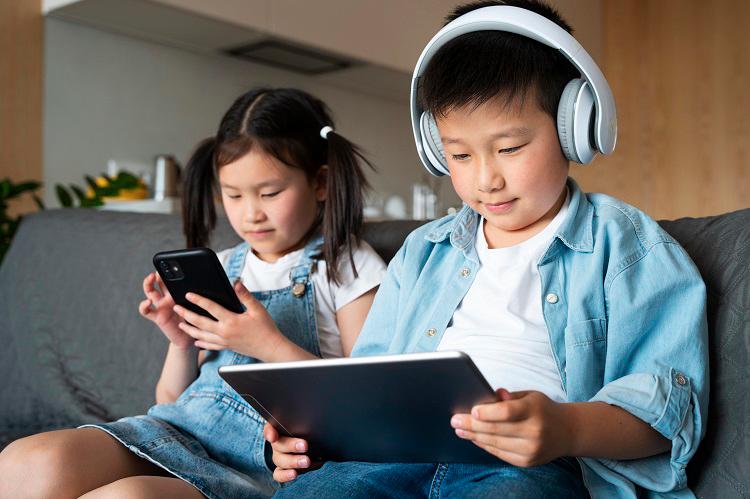AS the world continues to rapidly evolve into a digital one, there is a growing concern over the effects of blue light exposure from the increase in time spent looking at screens, particularly for children left under the care of tablets and smartphones.
For parents and caregivers, it is important to know the impact of the aforementioned and that it is important to safeguard the vision of the next generation.
Blue light defined
A high energy visible light in the spectrum of 415 – 495 nanometres, blue light primarily comes from the sun but it is also emitted by digital devices such as smartphones, tablets, computers and LED lighting.
In recent years, the time most individuals spend staring at screens has skyrocketed among adults and children, particularly beginning with the pandemic accelerating remote learning and entertainment consumption through digital platforms.
For instance, a 2021 research published in the Journal of Children and Media revealed out of the 340 Malaysian parents surveyed, 60% started giving their children screen time before the age of 18 months.
Globally, children are estimated to spend four to six hours a day watching or using screens.
Due to how young they are, the eyes of children are particularly susceptible to adverse reactions from blue light. Their crystalline lenses
are clearer, allowing more short-wavelength blue light to penetrate and reach the retina.
As children’s eyes are still developing, they are more sensitive to potential damage from prolonged exposure.

Potential effects on children’s eye health
Prolonged exposure to blue light can lead to digital eye strain, also known as computer vision syndrome. Symptoms include:
➤ Eye fatigue and discomfort
➤ Dry eyes
➤ Headaches
➤ Blurred vision
Though the short-term effects are well-documented, more research on the long-term consequences of blue light exposure is needed and ongoing.
Impact on sleep and behaviour
One of the most significant concerns regarding blue light exposure is its effect on sleep. Blue light suppresses the production of melatonin, the hormone responsible for regulating every human’s sleep-wake cycle.
This can be particularly problematic for children as adequate sleep is crucial for their physical and cognitive development.
The impact of blue light extends beyond physical eye health. Some researchers have suggested a potential link between excessive screen time and attention issues in young children.
This could be seen even before 2020, with a 2019 study published in Jama Pediatrics linking an association between higher screen time in preschool-aged children and lower scores on developmental screening tests.

Protecting children’s eyes
To mitigate, negate or even eliminate the potential risks of blue light exposure, these are several strategies parents and caregivers can consider using to protect the eye health of children.
➤ Limit screen time: Follow age-appropriate guidelines for screen use.
➤ Encourage outdoor activities: Time spent outdoors has been associated with a reduced risk of myopia development in children.
➤ Use blue light filters: Consider installing blue light filtering apps on devices or using screen protectors designed to reduce blue light emission.
➤ Adjust device settings: Many devices now have built-in “night mode” or “eye comfort” settings that reduce blue light emission.
➤ Practise the 20-20-20 rule: Every 20 minutes, take a 20-second break to look at something 20 feet away. Over a period of time, this will help reduce eye strain.
➤ Consider blue light filtering glasses: While their effectiveness is still being studied, some eye care professionals recommend these for children who spend significant time in front of screens.
➤ Regular eye check-ups: Ensure children have regular comprehensive eye exams to monitor their vision health and detect any issues early.
As it is World Sight Day today, it is crucial to remember digital devices, when used appropriately, can be valuable tools for learning and development. The goal should not be the complete elimination of time spent on screens but to find the least dangerous middle ground where children can still benefit from technology.









